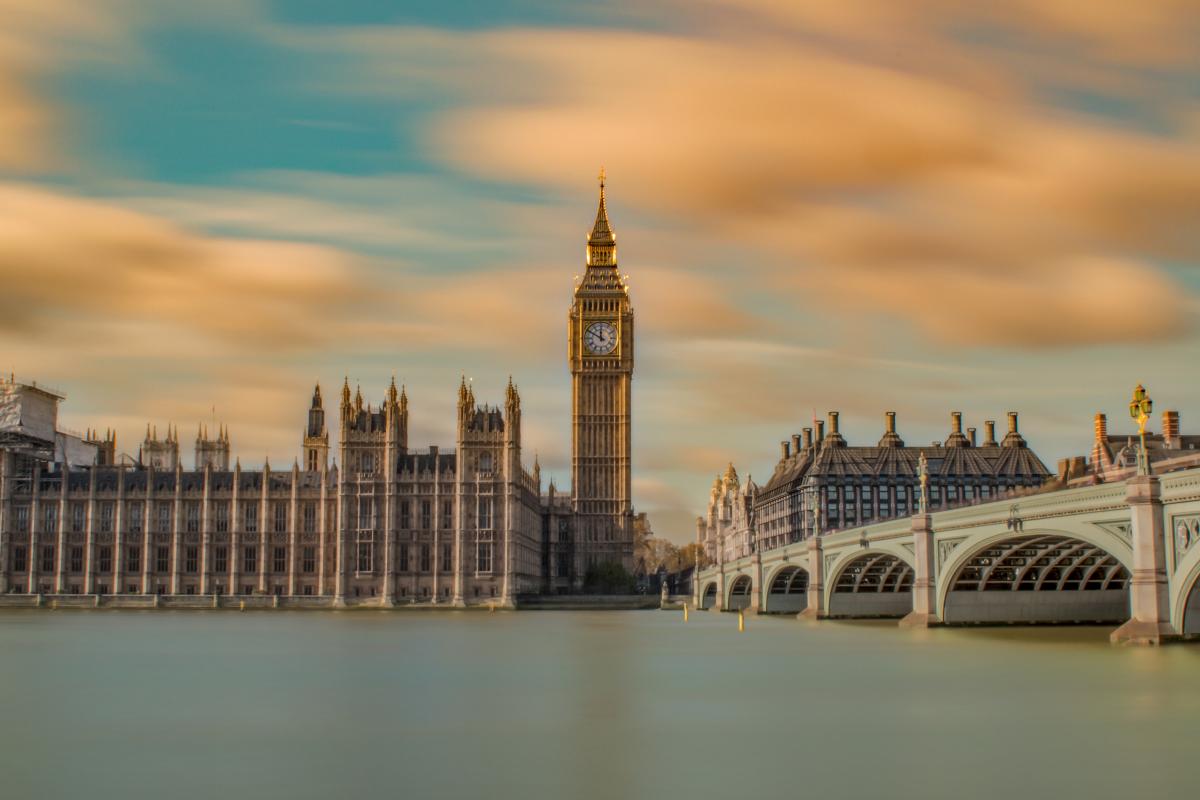Why isn’t Big Ben’s clock tower covered with ads? It’s one of the most photographed and frequently televised edifices in the world; it’s seen each year by zillions around the globe. Ads on the home of this humongous timepiece would command massive rates, raising lots of lovely lucre for impecunious UK Ltd. And surely some cool lipstick ads would pretty up the old face a bit.
And it’s not only Big Ben. There are no ads on Buckingham Palace, the Tower of London, or St Paul’s. Nor is this just a British phenomenon. You’ll see no ads on the Acropolis, the Taj Mahal, or along Venice’s Grand Canal.
Even in ad-fervent USA you’ll find no posters on the White House or the Statue of Liberty. Why ever not? The Statue of Liberty would make a fab poster site – possibly even better than Big Ben. So why are ads too vulgar to sully the world’s finest buildings and monuments?
Why are ads banned in Trafalgar Square but nearby Piccadilly Circus is plastered with, and famous for, them? Devotees of new media may find these questions very olde worlde. With new marketing communications bubbling up every nanosecond, who needs to stick ads on Big Ben? Who wants to associate their brands with aged buildings – even if they could – when there are so many trendy digital opportunities out there?
Well, the boring answer to the question about Big Ben and the rest is that it is the public who do not want ads on them.
Imagine the public outcry if somebody tried to slap ads on the Tower of London: off with his head! Research shows people generally like ads – but this does not mean they want to see them all the time and everywhere. They want, and expect, advertising to be controlled and kept in its rightful places.
This is not a new phenomenon. Billposting has been controlled since Victorian times, and even advertising on television – that most commercial of media – has been controlled in Britain (and in most countries) since its inception more than half a century ago. Some places are right for ads, some are not. In the past, advertisers have tried out countless possible media which failed, including books, records, telephones and even public loos. The public didn’t respond to any of them.
So we may yet find that the public does not want ads cluttering up all their personal digital communications, such as mobiles and social networks. Maybe this explains why many of them have been surprisingly sluggish in building up ad revenue. Hard though this may be for advertising and marketing guys to swallow – ads are not welcome everywhere.
Winston Fletcher writes extensively on advertising and marketing. [email protected]
So why are ads too vulgar to sully the world’s finest buildings and monuments?
